
Light Bulbs
In the realm of illumination, the category of 'Light Bulbs' serves as a cornerstone, encompassing a vast and varied range of products designed to meet the diverse lighting needs of contemporary homes and businesses. From energy-efficient LED bulbs that blend cutting-edge technology with cost-saving benefits, to the warm glow of halogen and incandescent light bulbs reminiscent of early lighting solutions, this category offers something for every preference and requirement. The evolution of light bulbs over the years has been monumental, transitioning from the simple, incandescent bulbs invented in the 19th century to sophisticated, smart light bulbs that can be controlled with the mere tap of a smartphone app today. As environmental concerns take centre stage in public discourse, eco-friendly options such as compact fluorescent light bulbs (CFLs) have also gained prominence within this category, offering consumers a way to reduce their carbon footprint while illuminating their spaces effectively. Selecting the right light bulb is not merely a matter of fitting and wattage; it's about creating atmospheres, enhancing moods, and even impacting our health and productivity. The 'Light Bulbs' category is replete with options that cater to specific lighting needs, be it for task lighting, accent lighting, or general ambient lighting. With advancements in technology, some light bulbs now offer adjustable brightness and colour temperature settings, allowing for a customised lighting experience that can adapt to the time of day, the activity at hand, or even the aesthetic preferences of the user. Navigating the 'Light Bulbs' category can be a journey of discovery, where one learns about lumens, colour rendering indexes (CRI), and the importance of choosing the right light bulb for the right space. As consumers continue to seek out sustainable, yet effective lighting solutions, the 'Light Bulbs' category remains at the forefront of innovation, guiding us towards a brighter, more energy-efficient future. Whether you're looking to replace a burnt-out bulb or planning a full-scale lighting overhaul, the 'Light Bulbs' category offers insights and options to illuminate your decision-making process, ensuring you find the perfect light to match your needs and enhance your living or work environment.


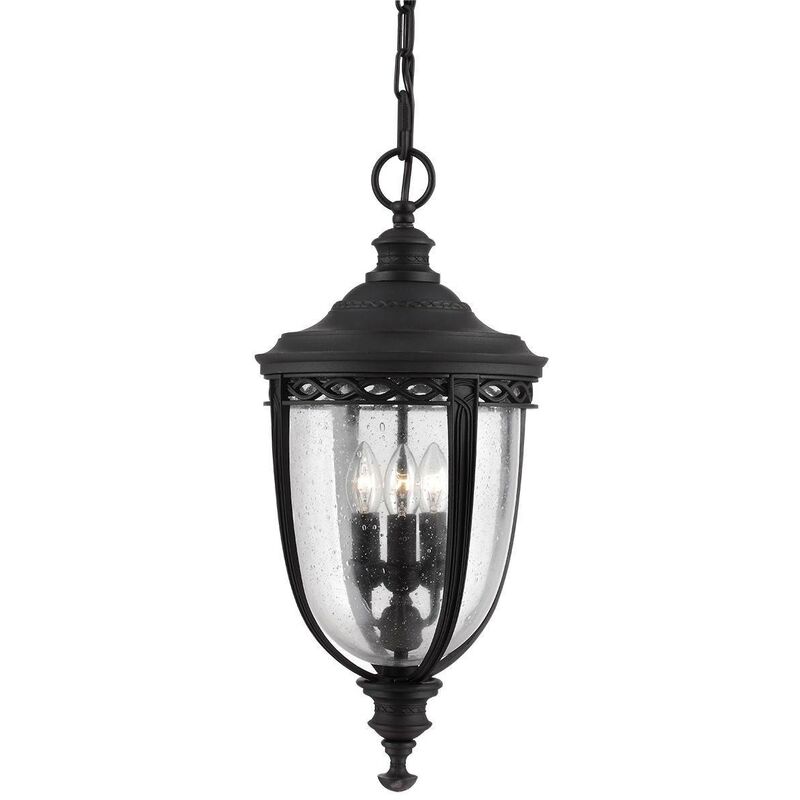
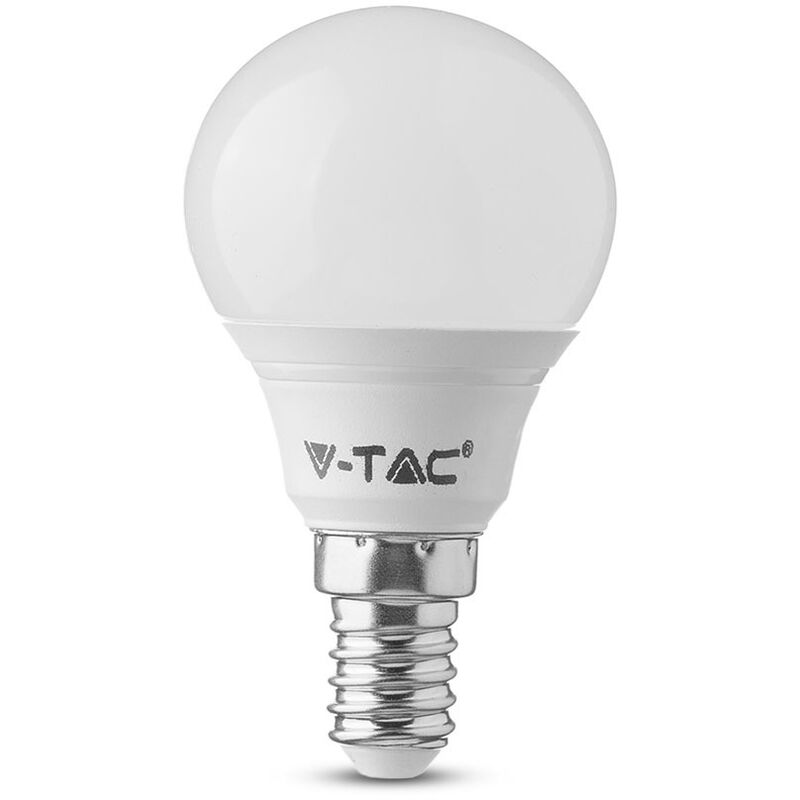
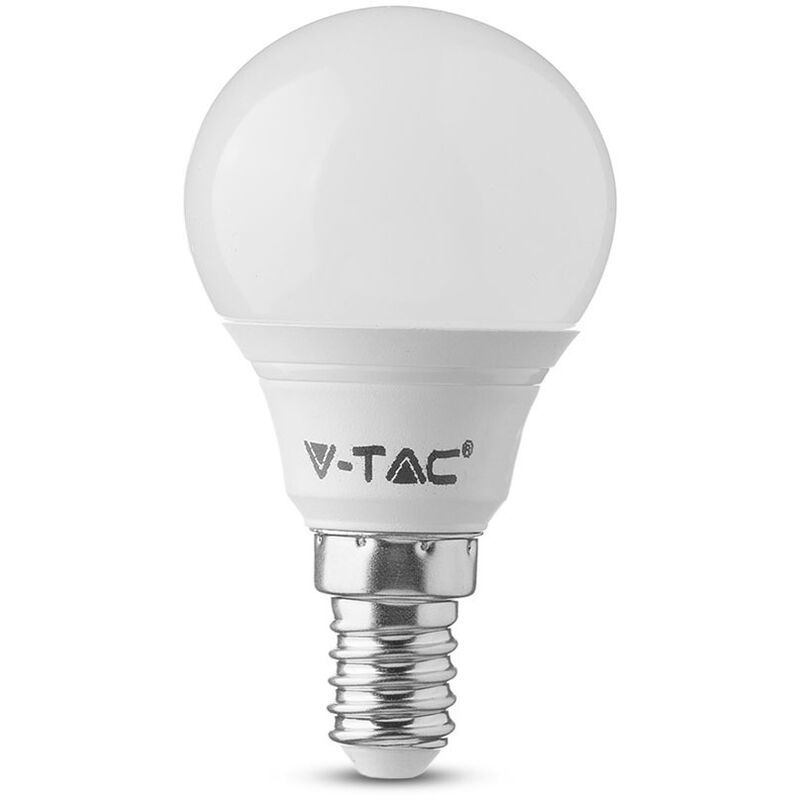
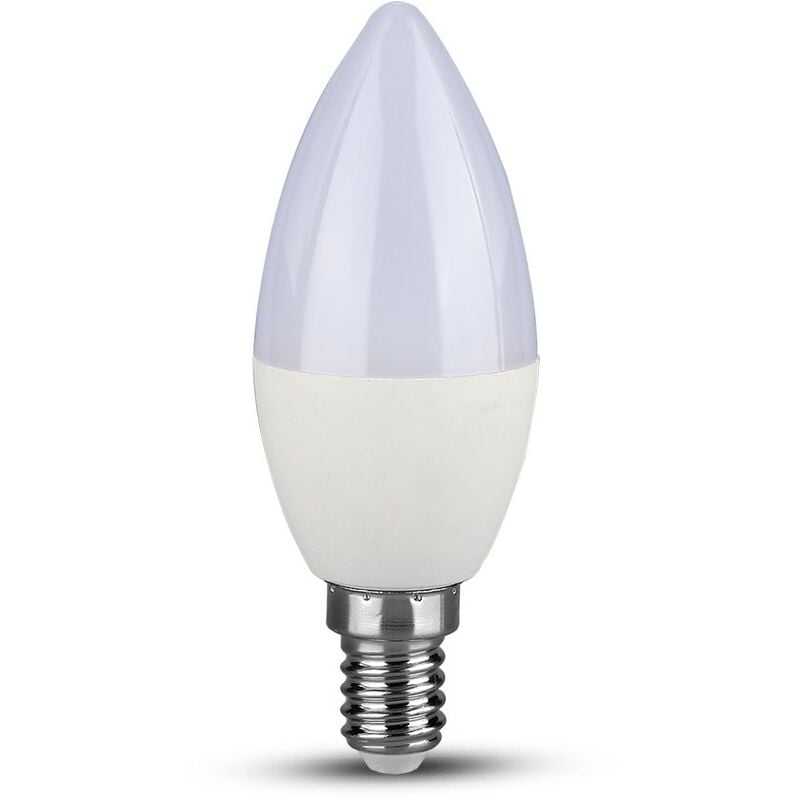
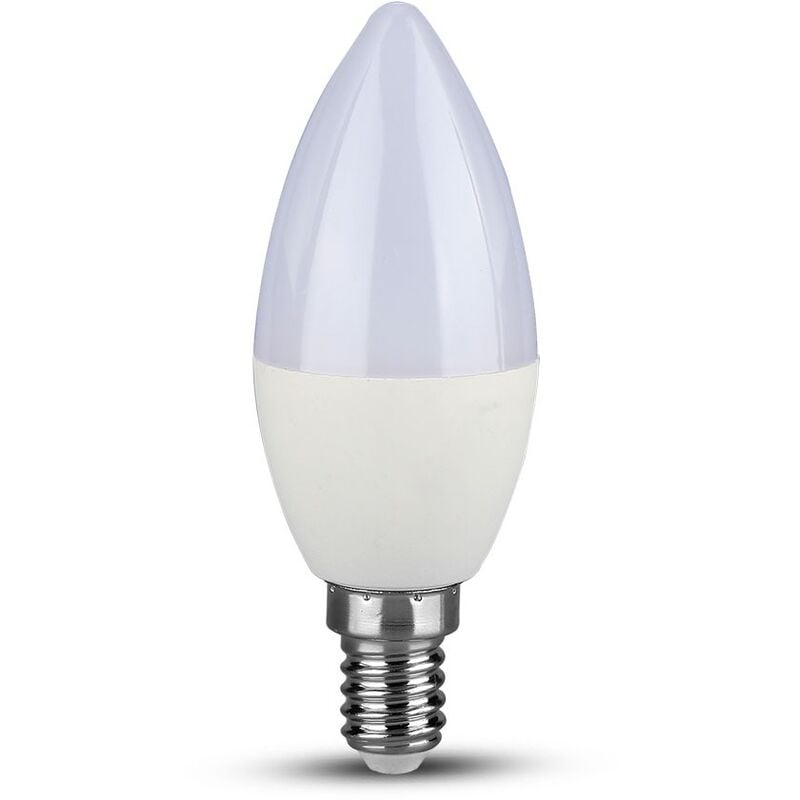
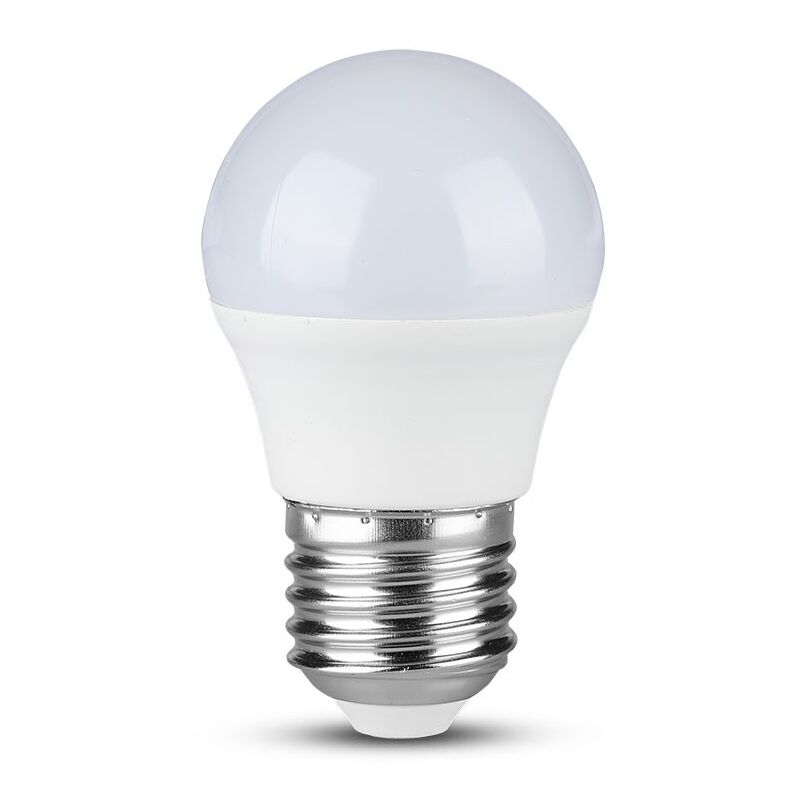
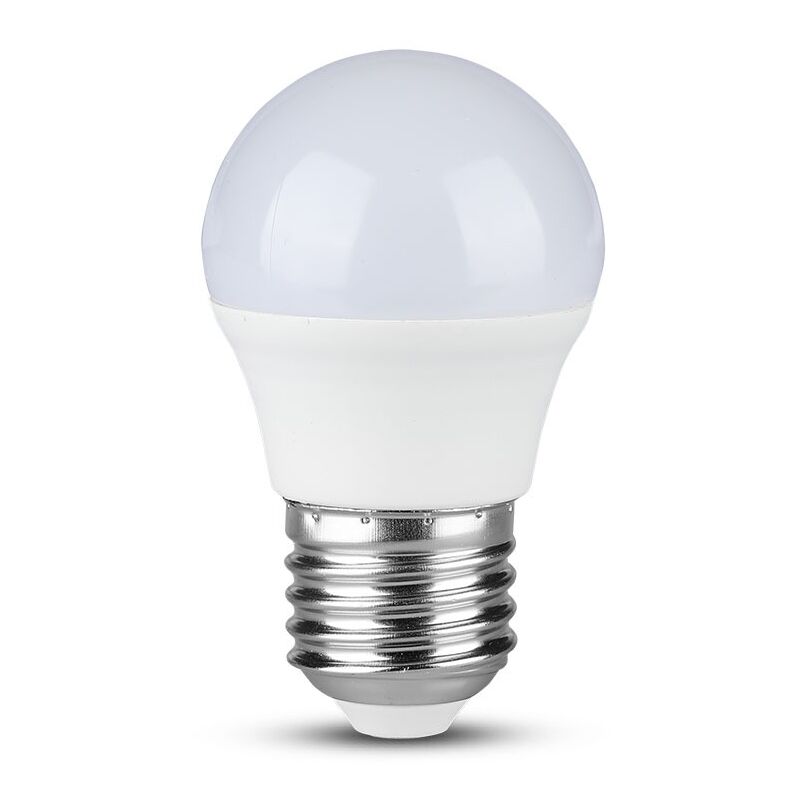
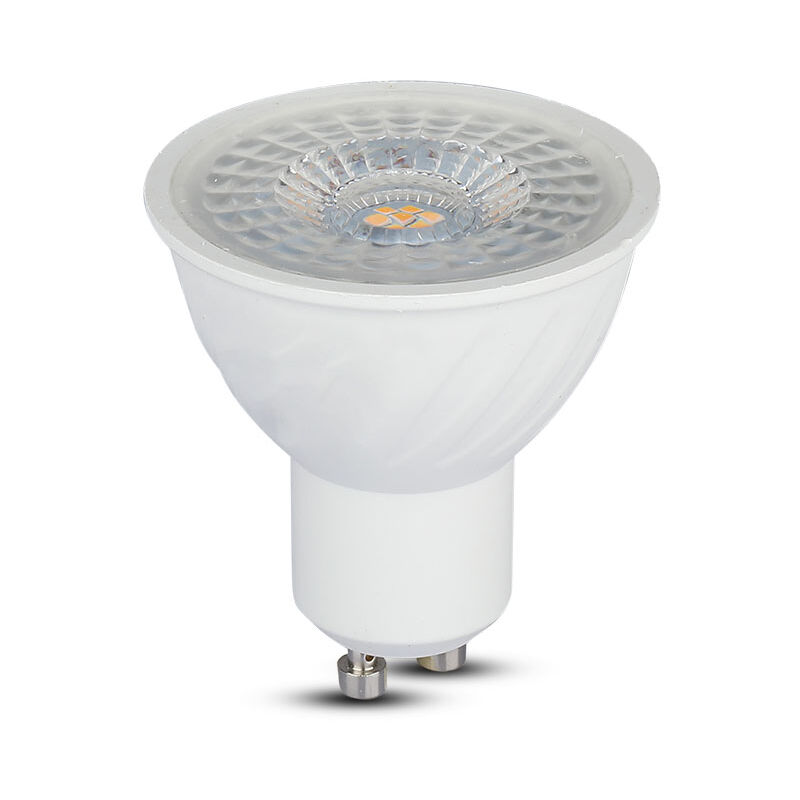
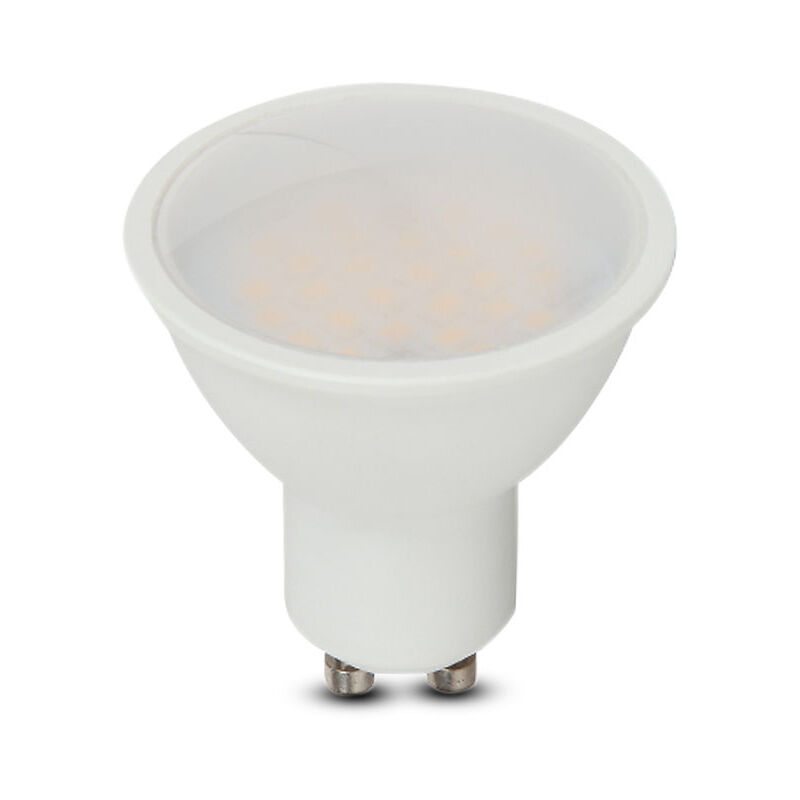
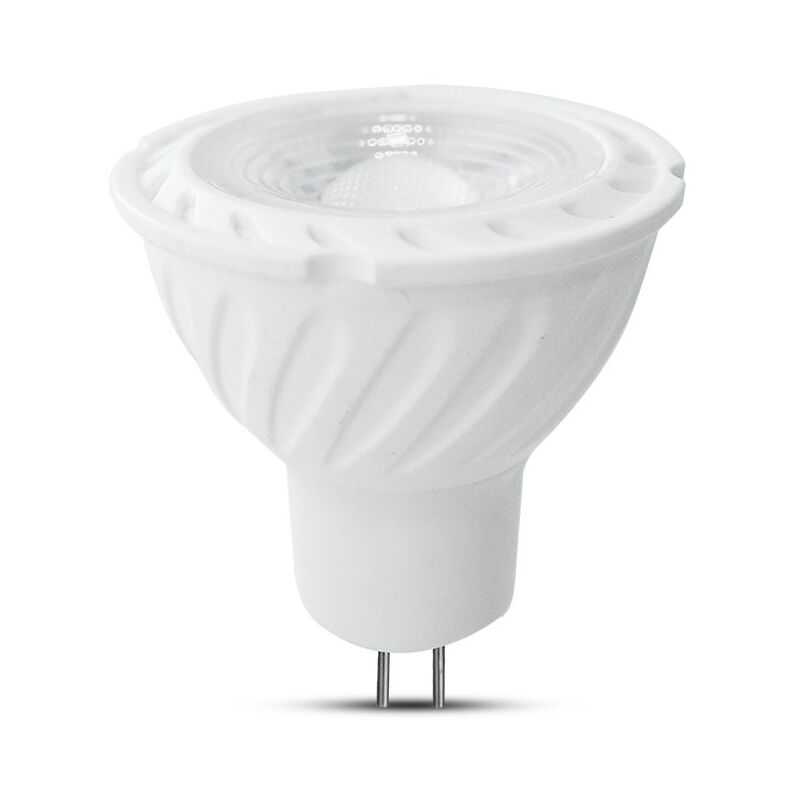
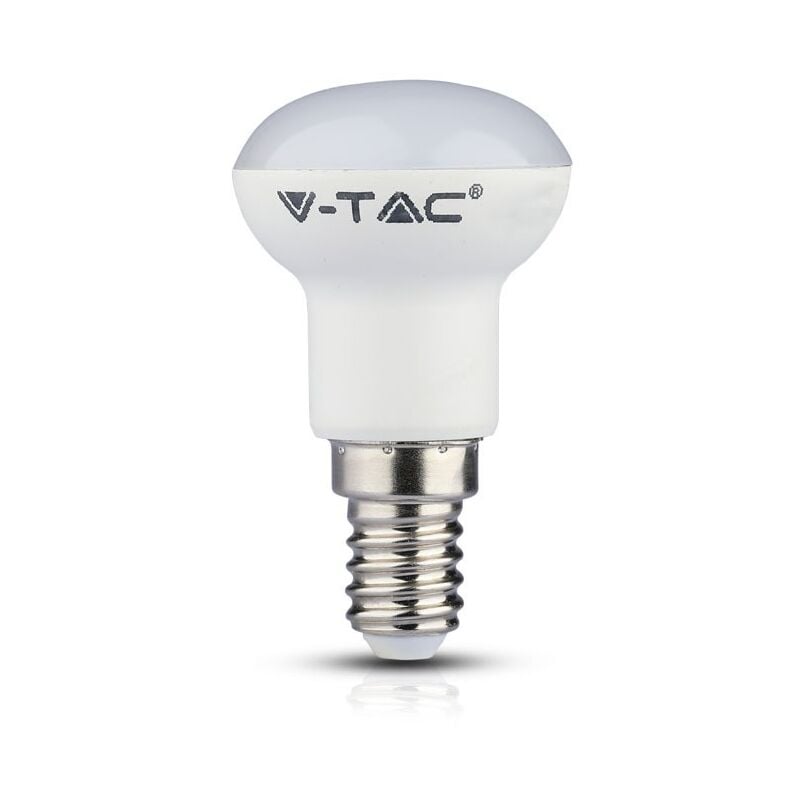
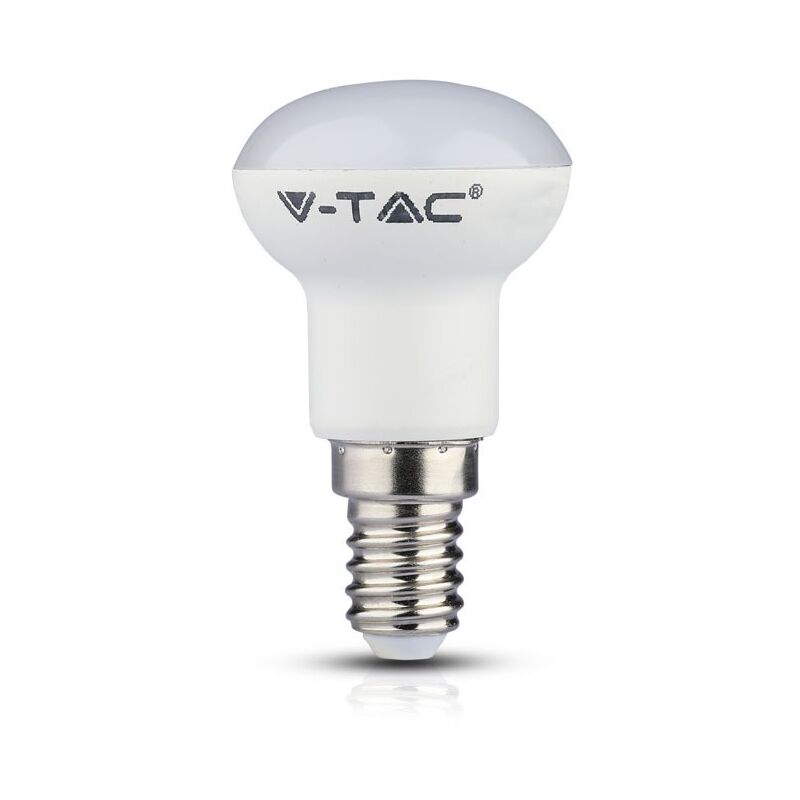
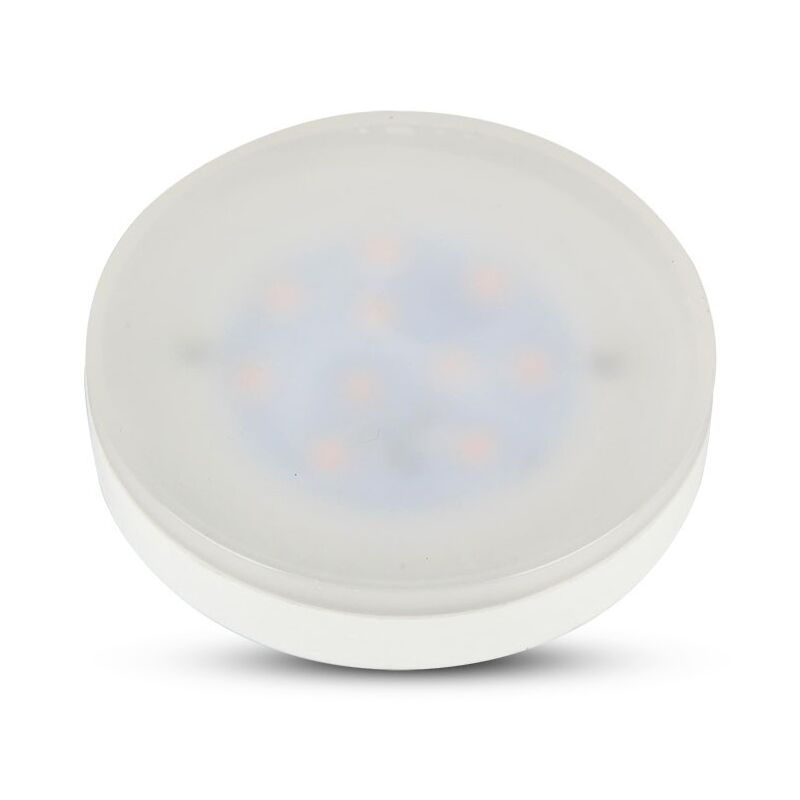
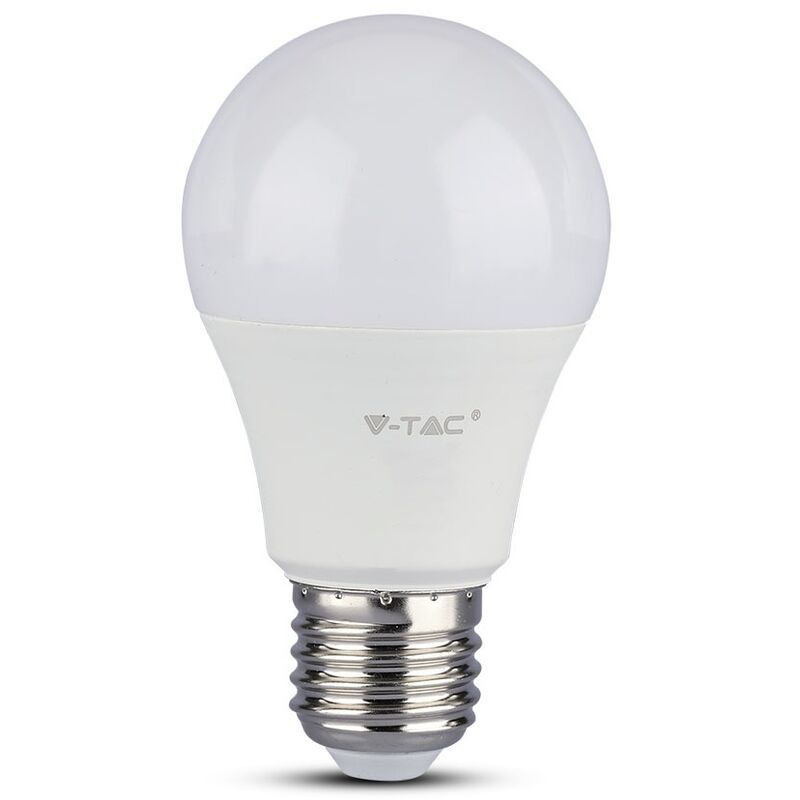
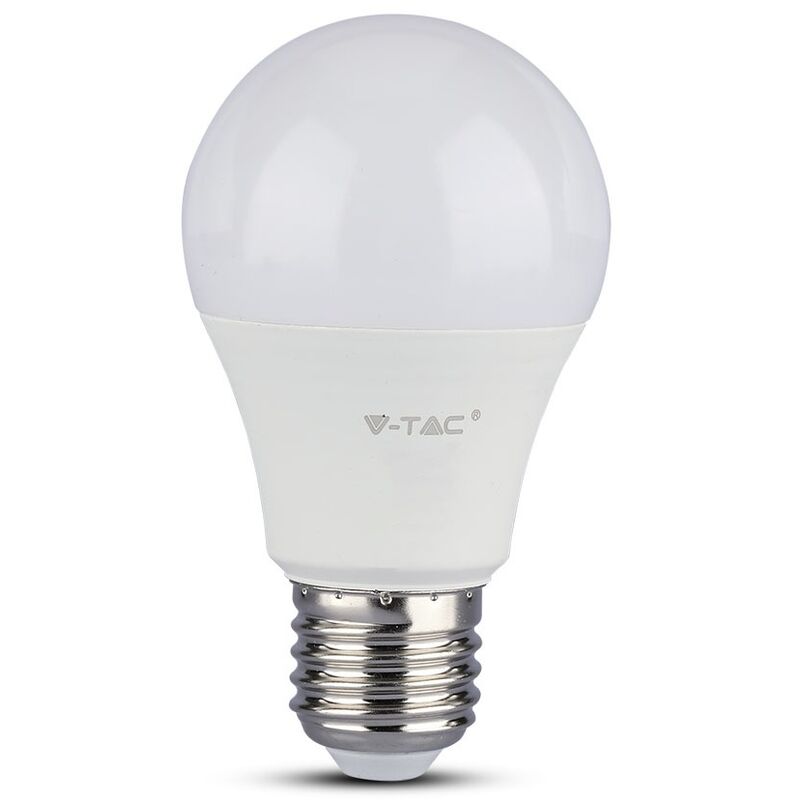
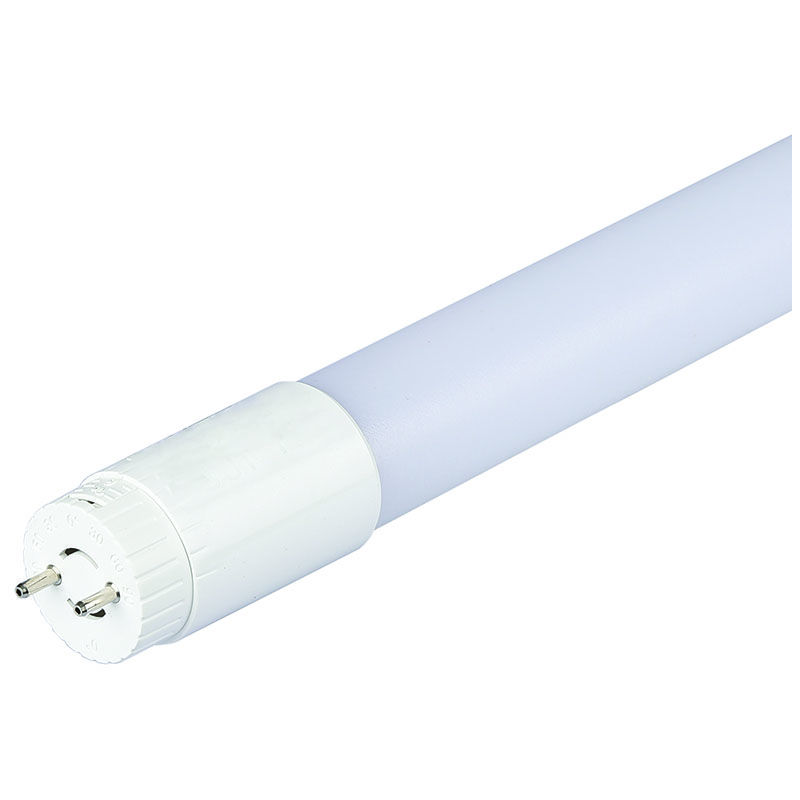
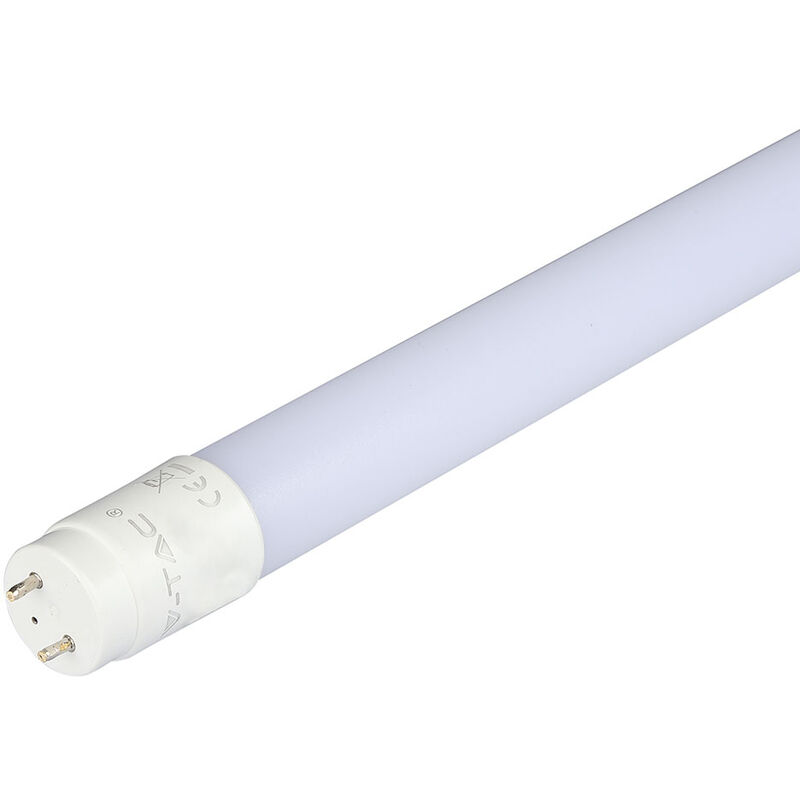
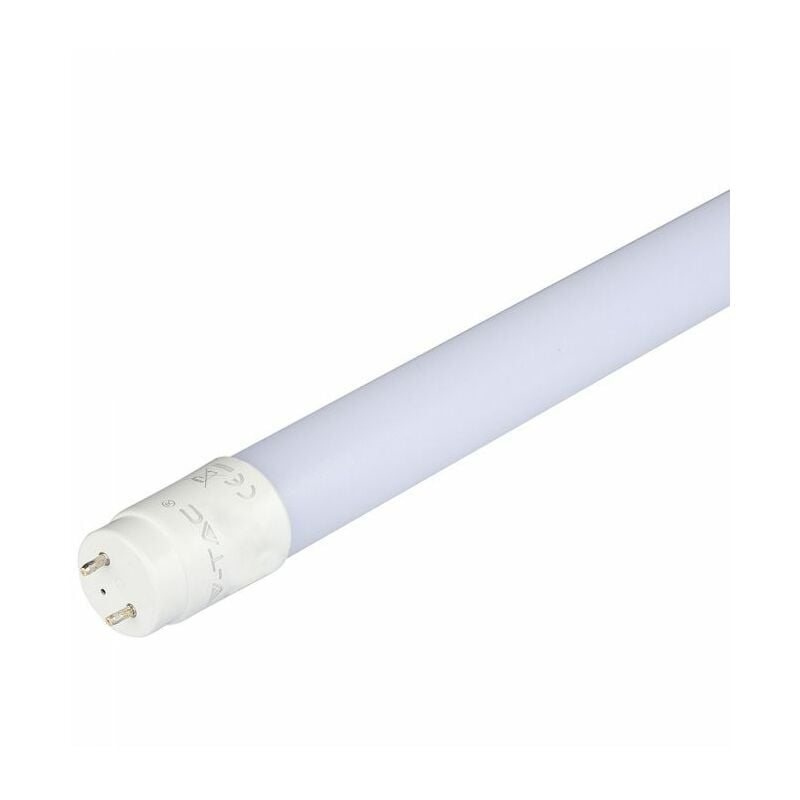
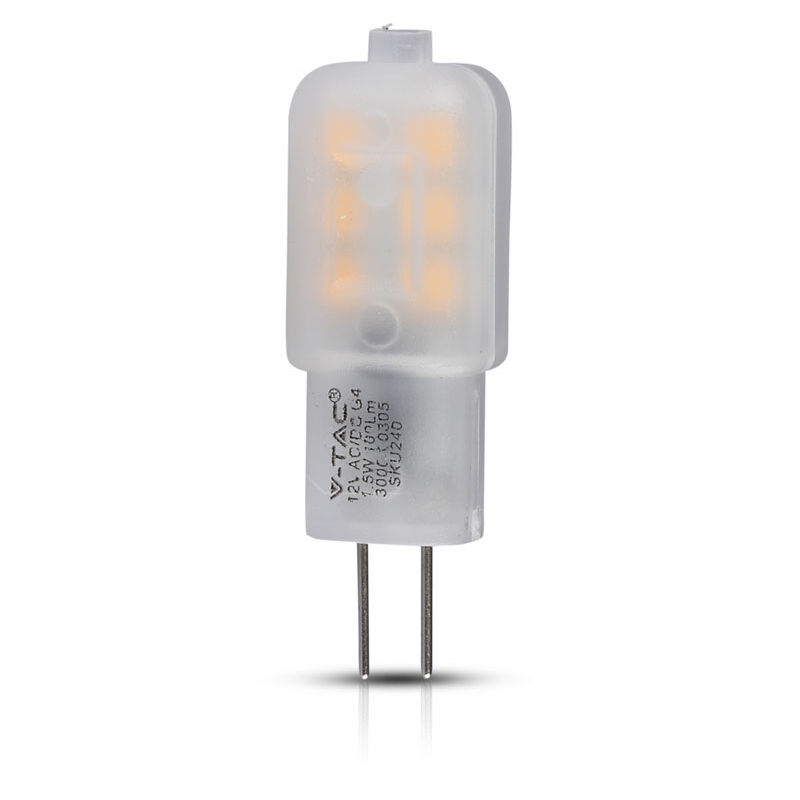
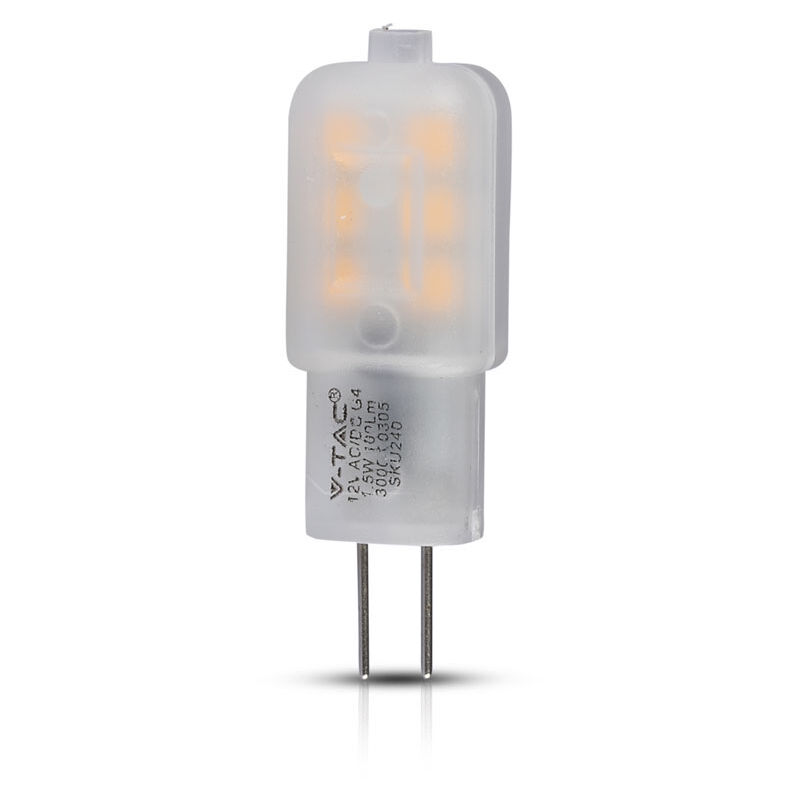
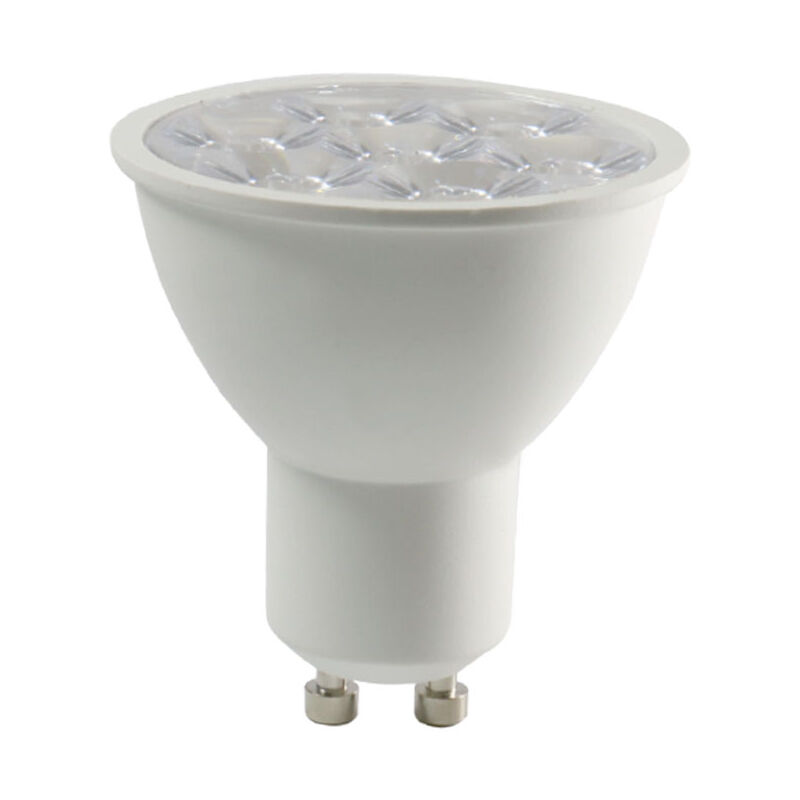
Frequently Asked Questions (FAQ)
Light bulbs come in a variety of shapes, sizes and types, so it can be difficult to know which one you need. The first thing you should do is decide what sort of light bulb you want. Do you want a bright, energy-efficient LED bulb, or would you prefer an incandescent light with a warmer hue? Are you looking for a bulb that will last a long time, or one that changes color? It all depends on your needs. Once you know what type of light bulb you're looking for, you can narrow down your choices. For example, if you're looking for a bright LED bulb, you can compare lumens and wattage to get the one that's right for you. You can also look at the features of each bulb, such as dimming capabilities, color temperature and more. Ultimately, the goal is to find the light bulb that best suits your needs. With careful research and consideration, you can be sure to find the perfect light bulb for your space!
Light bulbs are a great way to brighten up a room, but when it's time to dispose of them, it's important to do it the right way. The good news is that there are plenty of options for disposing of light bulbs responsibly. To start, you can take your light bulbs to a local recycling center. Many centers will accept energy-saving bulbs, including CFLs and LEDs. If there isn't a center near you, you can also check with local retailers to see if they have a bulb collection program. Another option is to look for a mail-in recycling program. These programs allow you to send in your old light bulbs, and they'll recycle them for you. Finally, you can buy a special light bulb disposal container to safely store and dispose of bulbs. So, the next time you need to dispose of a light bulb, remember that you have options! Disposing of light bulbs responsibly is easy and helps protect the environment.
What you need to know about light bulbs
Light bulbs are an essential part of our daily lives, providing the illumination we need to carry out our tasks and activities, whether at home or at work. From incandescent bulbs to LED lights, the evolution of light bulbs has been fascinating, and has come a long way since their invention in the 19th century. In this blog post, we will explore the different types of light bulbs available today, their pros and cons, and how they have impacted our lives in numerous ways. Join us on this journey as we shine a light on the world of light bulbs!

What are the 4 types of light bulbs?
There are four main types of light bulbs available in the market today. They are:
- Incandescent Bulbs: Incandescent bulbs are the traditional type of light bulbs that have been used for more than a century. They produce light by heating a filament inside the bulb, which then emits light. However, they are not very energy-efficient, and most countries are phasing them out in favour of more efficient options.
- Compact Fluorescent Lamps (CFLs): CFLs are more energy-efficient than incandescent bulbs and have a longer lifespan. They use an electric current to excite mercury vapour, which produces ultraviolet light, which in turn is converted into visible light by a phosphorescent coating on the inside of the bulb.
- Light Emitting Diodes (LEDs): LEDs are the most energy-efficient of all types of light bulbs and have a longer lifespan than both incandescent and CFL bulbs. They work by passing an electric current through a semiconductor, which then emits light.
- Halogen Bulbs: Halogen bulbs are similar to incandescent bulbs but are more energy-efficient and have a longer lifespan. They work by passing an electric current through a filament that is enclosed in a capsule filled with halogen gas. The halogen gas helps to recycle the filament, which prolongs the lifespan of the bulb.
Which is the best light bulb for home?
The best light bulbs for home depend on various factors such as personal preference, the purpose of the lighting, and energy efficiency. Here are some options:
- LED bulbs: LED bulbs are the most energy-efficient and have a longer lifespan than other types of bulbs. They are also available in a wide range of colours, brightness levels, and sizes, making them suitable for different rooms and purposes.
- CFL bulbs: CFL bulbs are also energy-efficient and have a longer lifespan than incandescent bulbs. They are ideal for areas where you need bright, white light, such as kitchens and workspaces.
- Halogen bulbs: Halogen bulbs are a good option for areas where you need bright, directional lighting, such as task lighting in the kitchen or reading lamps in the living room. They are also dimmable and provide a warm, natural light.
- Smart bulbs: Smart bulbs are a relatively new option that allows you to control the lighting in your home through your smartphone or voice assistants like Amazon Alexa or Google Assistant. They can be dimmed, change colours, and programmed to turn on and off at specific times.
Ultimately, the best choice depends on your needs and preferences. LED bulbs are a good overall choice due to their energy efficiency, long lifespan, and versatility.

What are LED bulb types?
LED bulbs come in various types, each designed for specific applications. Here are some of the common types of LED bulbs:
- Standard LED bulbs: These are the most common type of LED bulbs and are designed to replace traditional incandescent bulbs. They come in various shapes and sizes, from the classic A-shaped bulbs to globe-shaped bulbs, and are suitable for general lighting applications.
- LED tubes: LED tubes are designed to replace fluorescent tubes and are ideal for commercial and industrial applications. They are energy-efficient, long-lasting, and provide bright, even lighting.
- LED strips: LED strips are flexible and adhesive-backed, making them suitable for a wide range of applications, including under-cabinet lighting, cove lighting, and accent lighting. They come in various lengths and can be cut to fit specific spaces.
- LED spotlights: LED spotlights are designed for directional lighting and are ideal for task lighting and accent lighting. They come in various beam angles, ranging from narrow to wide, and are available in different colour temperatures.
- LED floodlights: LED floodlights are designed for outdoor applications and provide bright, even lighting over a wide area. They are ideal for security lighting, outdoor events, and sports lighting.
Smart LED bulbs: Smart LED bulbs can be controlled using a smartphone or voice assistant and can be programmed to change colours, dim, and turn on and off at specific times. They are ideal for creating mood lighting and adding convenience to your home.
Which bulb is best for night?
When it comes to selecting a light bulb for night-time use, it is essential to choose a bulb with a warm colour temperature that produces a soft, relaxing glow. This type of light is less likely to disrupt your natural sleep cycle and is ideal for winding down at the end of the day.
LED bulbs with a colour temperature of 2700K to 3000K are ideal for night-time use, as they produce a warm, yellowish light that mimics the natural warm glow of the sun. They are also energy-efficient and have a long lifespan, making them an excellent choice for regular use.
CFL bulbs can also be a good option for night-time use, but they may take some time to warm up and reach full brightness. Incandescent bulbs are not recommended for night-time use as they produce a warm, yellowish light but are not very energy-efficient and have a shorter lifespan compared to LED bulbs.
It's also worth considering using dimmer switches or smart bulbs that can be programmed to gradually dim over time, simulating a natural sunset and helping you relax and prepare for sleep.

What light is good for the eyes?
When it comes to selecting lighting that is good for your eyes, there are a few factors to consider:
Colour temperature: The colour temperature of the light you choose is important. Lower colour temperature bulbs that produce warm, yellowish light (2700K to 3000K) are better for the eyes as they cause less strain and fatigue. This type of light mimics natural sunlight and is ideal for indoor use.
Brightness: The brightness of the light should be suitable for the task at hand. If the light is too dim, it can cause eye strain, and if it is too bright, it can cause glare, which is also harmful to the eyes.
Flicker: Flicker is a rapid change in the light's intensity that can cause eye strain and fatigue. LED bulbs are generally less likely to flicker than other types of bulbs.
Blue light: Blue light is a high-energy wavelength that can cause eye strain, headaches, and disrupt sleep. It's a good idea to avoid using devices that emit blue light before bedtime, and if you need to use them, consider using blue light-blocking glasses.
Based on these factors, the best light for your eyes is warm, yellowish light with a colour temperature of 2700K to 3000K, which is easy on the eyes and mimics natural sunlight. LED bulbs with a high colour rendering index (CRI) are also a good choice as they produce accurate and natural-looking colours. Additionally, using a task light with an adjustable arm or dimmer switch can help you adjust the brightness and direction of the light to reduce glare and minimise eye strain.
Which is better: bulb or LED?
LED bulbs are generally considered better than traditional bulbs due to their many advantages, including:
- Energy efficiency: LED bulbs use significantly less energy than traditional bulbs and can save up to 80% in energy costs.
- Long lifespan: LED bulbs last much longer than traditional bulbs, up to 25 times longer, which means less frequent replacement and less waste.
- Environmentally friendly: LED bulbs do not contain toxic materials, such as mercury, which is found in some traditional bulbs.
- Durability: LED bulbs are durable and resistant to shock, vibration, and extreme temperatures, making them ideal for a wide range of applications.
- Instant light: LED bulbs provide instant light without the need for warm-up time.
- Versatility: LED bulbs are available in a range of colours and shapes, making them suitable for various applications, from general lighting to decorative lighting.
- Smart technology: LED bulbs can be integrated with smart home technology and controlled remotely, offering greater convenience and energy savings.
While LED bulbs may be more expensive upfront than traditional bulbs, they are a cost-effective and sustainable option in the long run. Overall, LED bulbs are a better choice than traditional bulbs for their energy efficiency, durability, and environmental benefits.